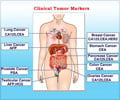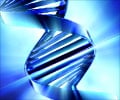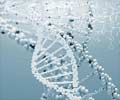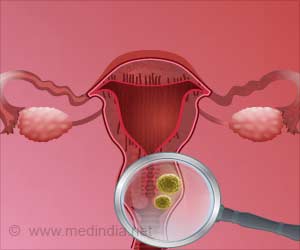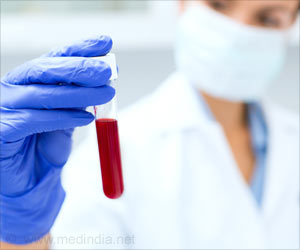Scientists have devised a method to avoid virus, potential complications in gene therapy-by using nanoparticles that can be freeze-dried and stored for up to three months prior to use.

"Nanoparticle-based gene therapy has the potential to be both safer and more effective than conventional chemical therapies for the treatment of cancer."
To develop the nanoparticle, Green's team started with store-bought small molecules and systematically mixed combinations together to generate chemical reactions that resulted in different polymers.
They then mixed DNA that encodes a glowing protein with each different polymer to allow the DNA to bind to the polymers and form nanoparticles.
Each different sample was added to human brain tumor cells and human brain tumor stem cells.
After 48 hours, the team examined and counted how many cells glowed from having taken up the nanoparticles and made the glowing protein encoded by the introduced DNA. The team rated success by counting how many cells survived and what percentage of those cells glowed.
Advertisement
The researchers then freeze-dried these nanoparticles and stored them at different temperatures (freezer, refrigerator and room temperature) for different lengths of time (one, two and up to three months), and then retested their ability to get into cells.
Advertisement
Furthermore, the team found that certain nanoparticles had a particular affinity for brain tumor cells over healthy brain cells.
The study will be published in the journal Biomaterials.
Source-ANI

